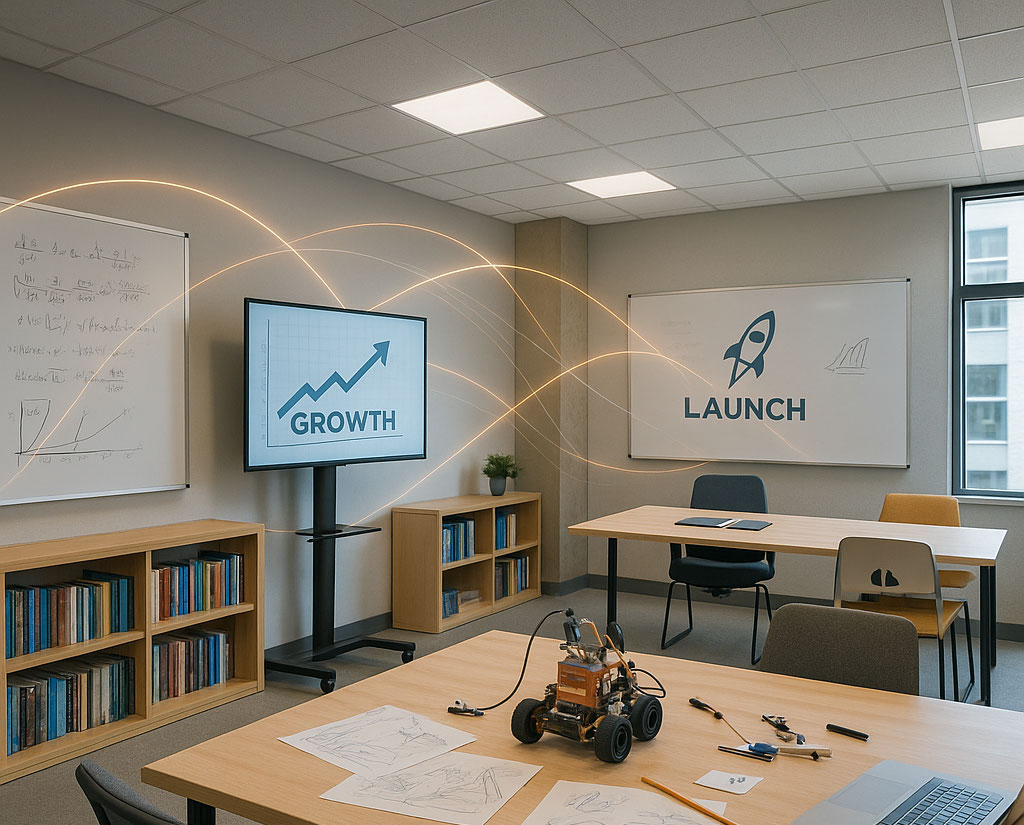
Connected healthcare is an emerging trend that's beginning to hit its stride. You've most likely heard of it or experienced it yourself, even if you haven't realized it.
Have you ever tracked your steps using your smartphone, uploading the results to a database? Do you wear a Fitbit or Jawbone device? If you've even sent an email to your doctor, you've participated in connected healthcare.
These are some simple examples, and they probably don't seem like much of a big deal. But this is just the tip of the iceberg, because the transition to a system of connected healthcare will have wide-ranging effects over the entire industry, changing the way hospitals are run and how physicians deliver care.
The Connected Health Market is Big, to Say the Least
mHealth (using mobile devices to help keep people healthy) is one of the most important aspects of this new model for healthcare. And since nearly everyone has a mobile phone, the market for connected healthcare services and products has a ready-made platform to work on.
A recent study by ACT | The App Association, 'State of the App Economy,' predicts that the connected health market will reach $117 billion by 2020. One piece of the puzzle, remote patient monitoring, will reach $46 billion by as early as 2017. Most doctors surveyed (86%) said that mobile apps will be “central to patient health” by 2020.
The field with the largest opportunities is thought to be chronic condition management, which will benefit from the increasing digitization of our health records and the value that long-term data can provide.
“For chronic care management, devices that interact with an electronic healthcare record will be everything,” said Morgan Reed, ACT Executive Director. “Dealing with chronic conditions is all about longitudinal data, not just data from the 15 minutes the doctor sees the patient in the exam room.”
There's already plenty of interest in the field, and big names are making big moves to push this initiative forward.
Apple Steps into Connected Healthcare
In April of 2015, Apple released ResearchKit, a software framework made for medical and health research. It provides an easy way to build wellness apps that monitor important health metrics, giving researchers a new way to collect data (voluntarily given) from the millions of iPhone users around the world.
The program had a very successful start, attracting 11,000 volunteers to a Stanford cardiovascular study in less than 24 hours after ResearchKit was announced (before it was even released). This amount of participation was pretty much unprecedented, according to Alan Yeung, medical director of Stanford Cardiovascular Health.
“To get 10,000 people enrolled in a medical study normally, it would take a year and 50 medical centers around the country,” he said. “That’s the power of the phone.”
Other apps have been developed to study asthma, concussions, COPD, diabetes, and many other conditions, using the built-in features in iPhones like accelerometers, gyroscopes, GPS, and even facial recognition software.
And in March of this year Apple announced CareKit, a similar software framework, but this time aimed toward giving patients the ability to better monitor and manage their own health, as well as share that information with doctors.
Inspired by the success of ResearchKit, Apple hopes to help bring the findings of medical research into the grasp of the everyday person. Apps are already being developed with CareKit: some to keep track of post-surgical needs, like pain monitoring and medication adherence. Others help with chronic pain management, allowing patients to track their progress over time. And others work with separate modules, like a diabetes management app that pairs with a blood glucose reader.
Apple is working with the top healthcare providers around the world, learning what the industry needs and how they can help provide it. Both ResearchKit and CareKit are open-source, giving developers the opportunity to come up with their own contributions and innovations.
There's a lot going on in healthcare at the moment, and you can be a part of it. Check out the CHIME National Patient ID Challenge, a contest to come up with a way to ensure 100% accuracy when identifying patient health data. Do you have some great ideas to add to the connected healthcare revolution? Then head on over to the challenge page to learn more!








